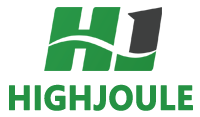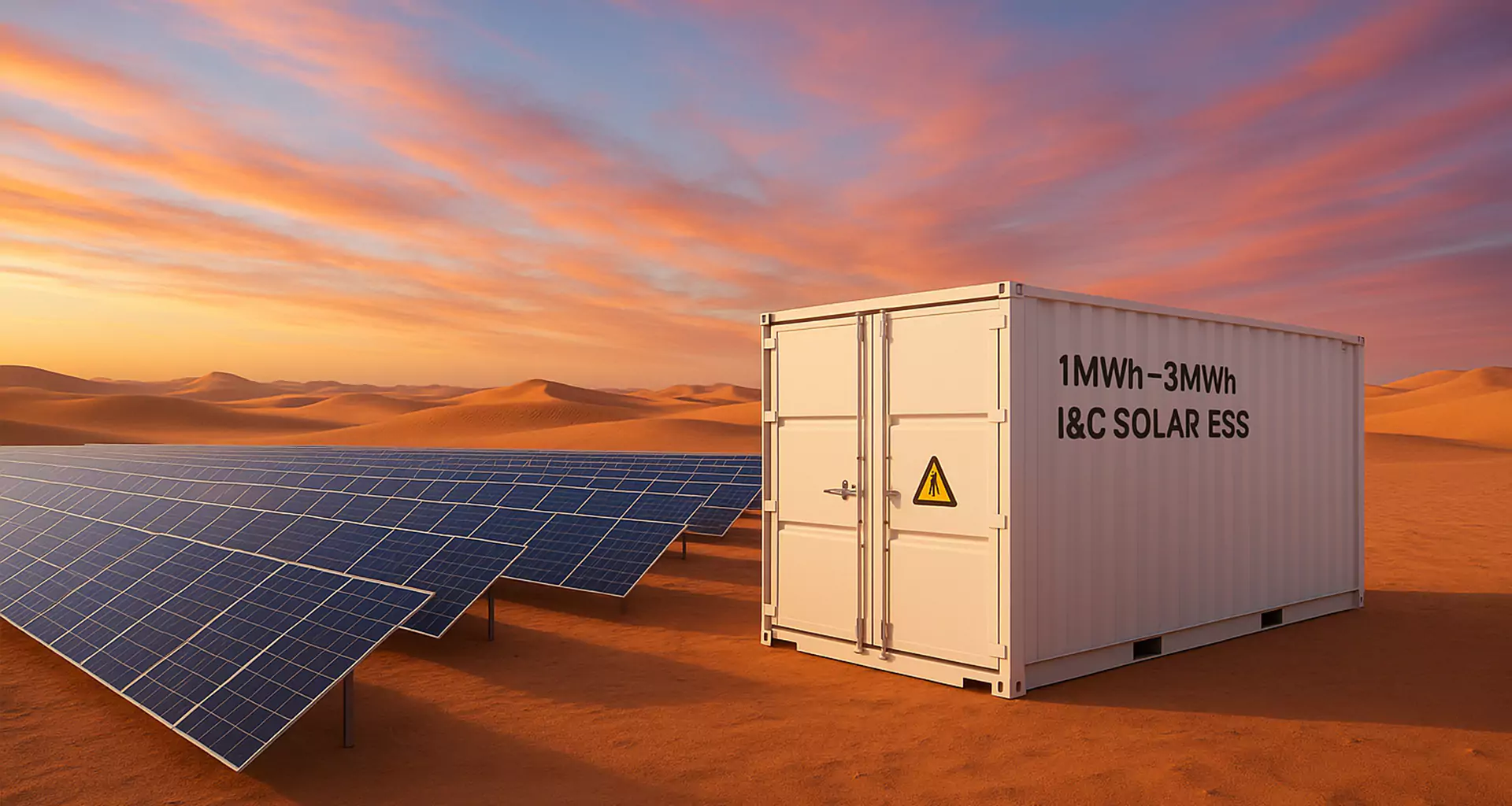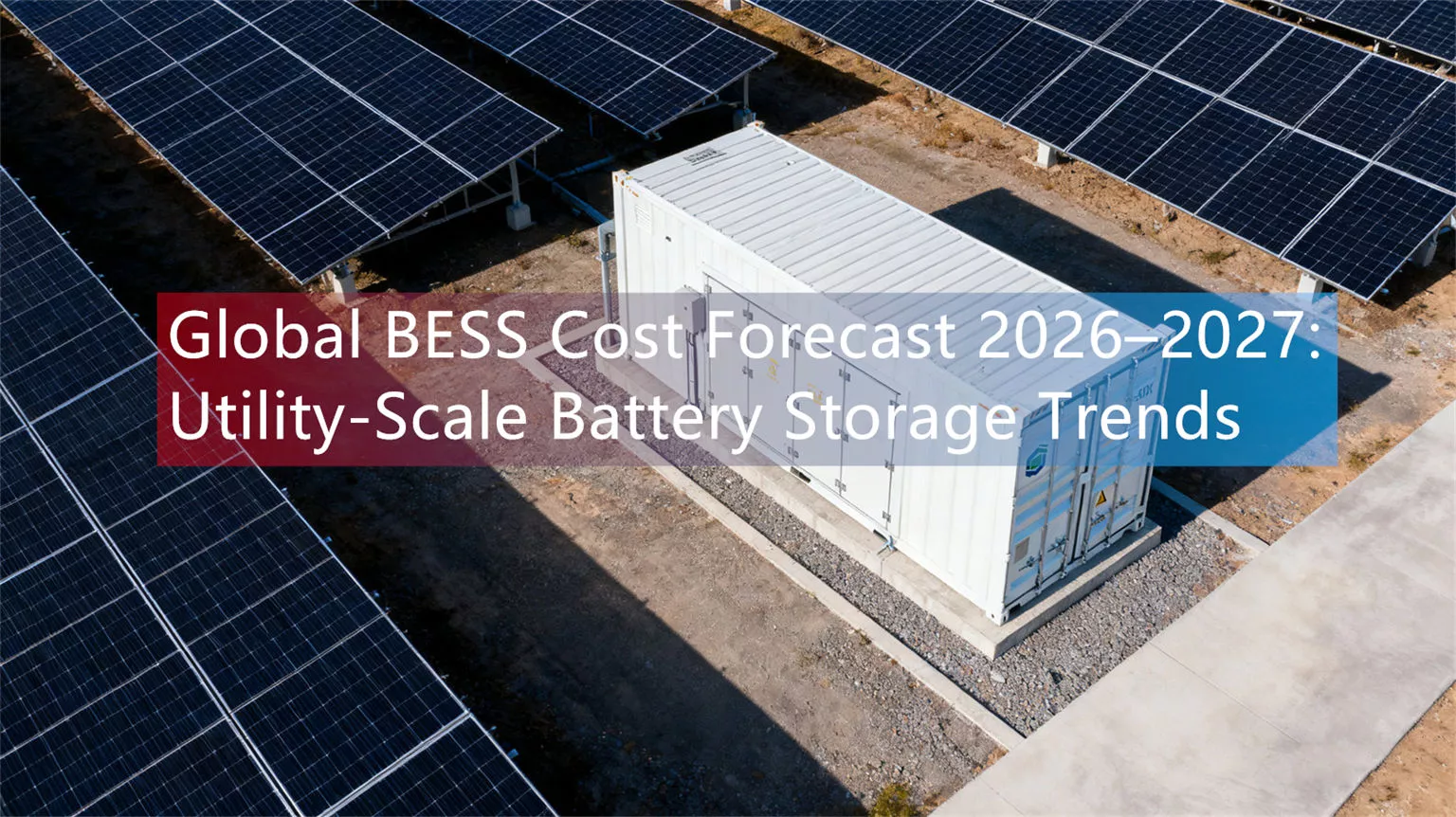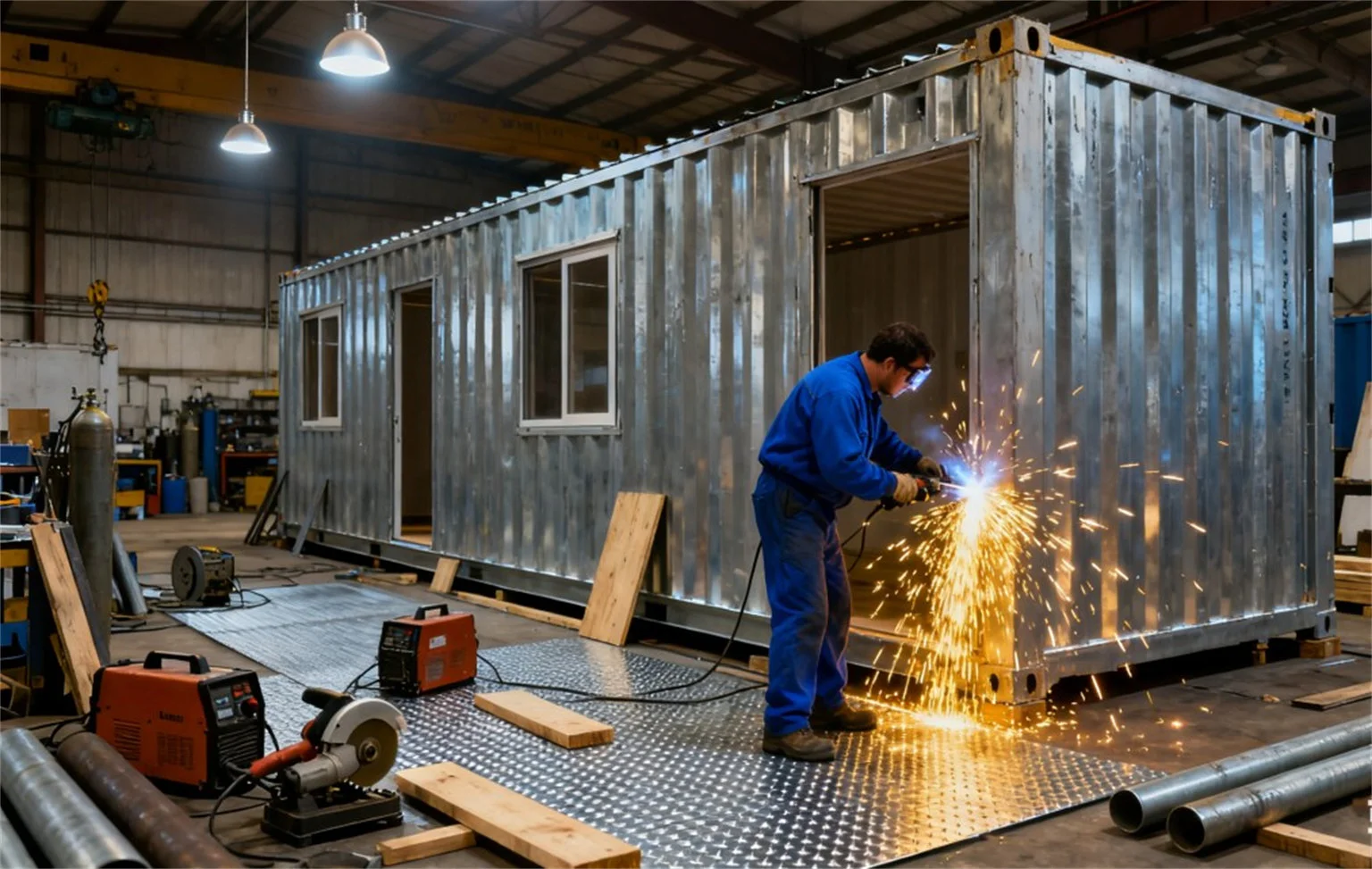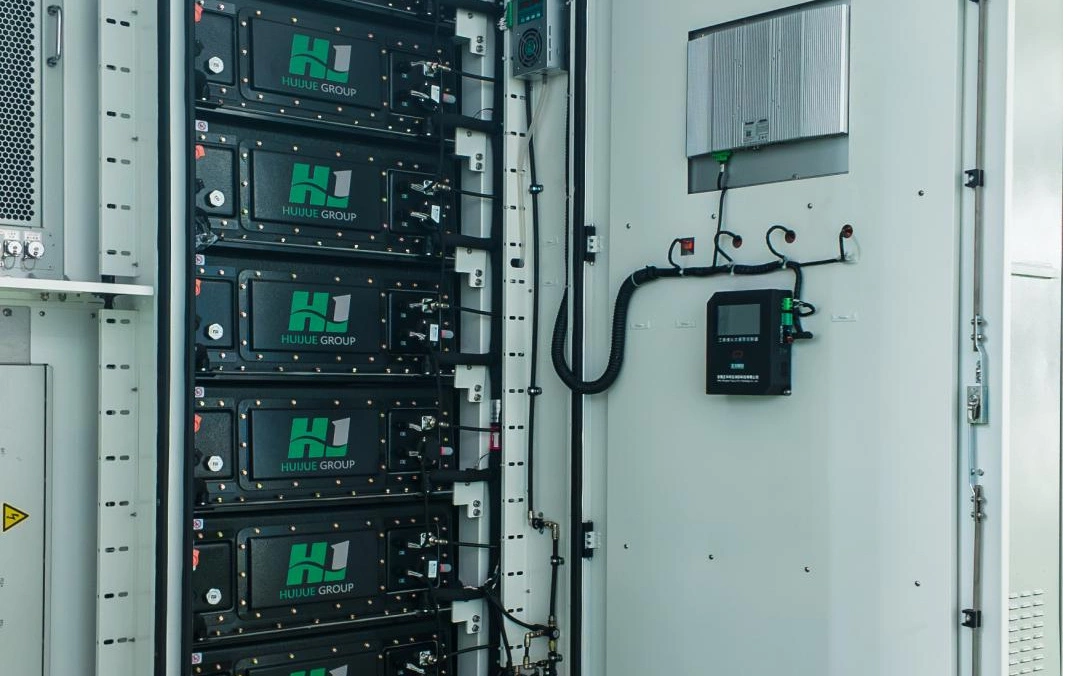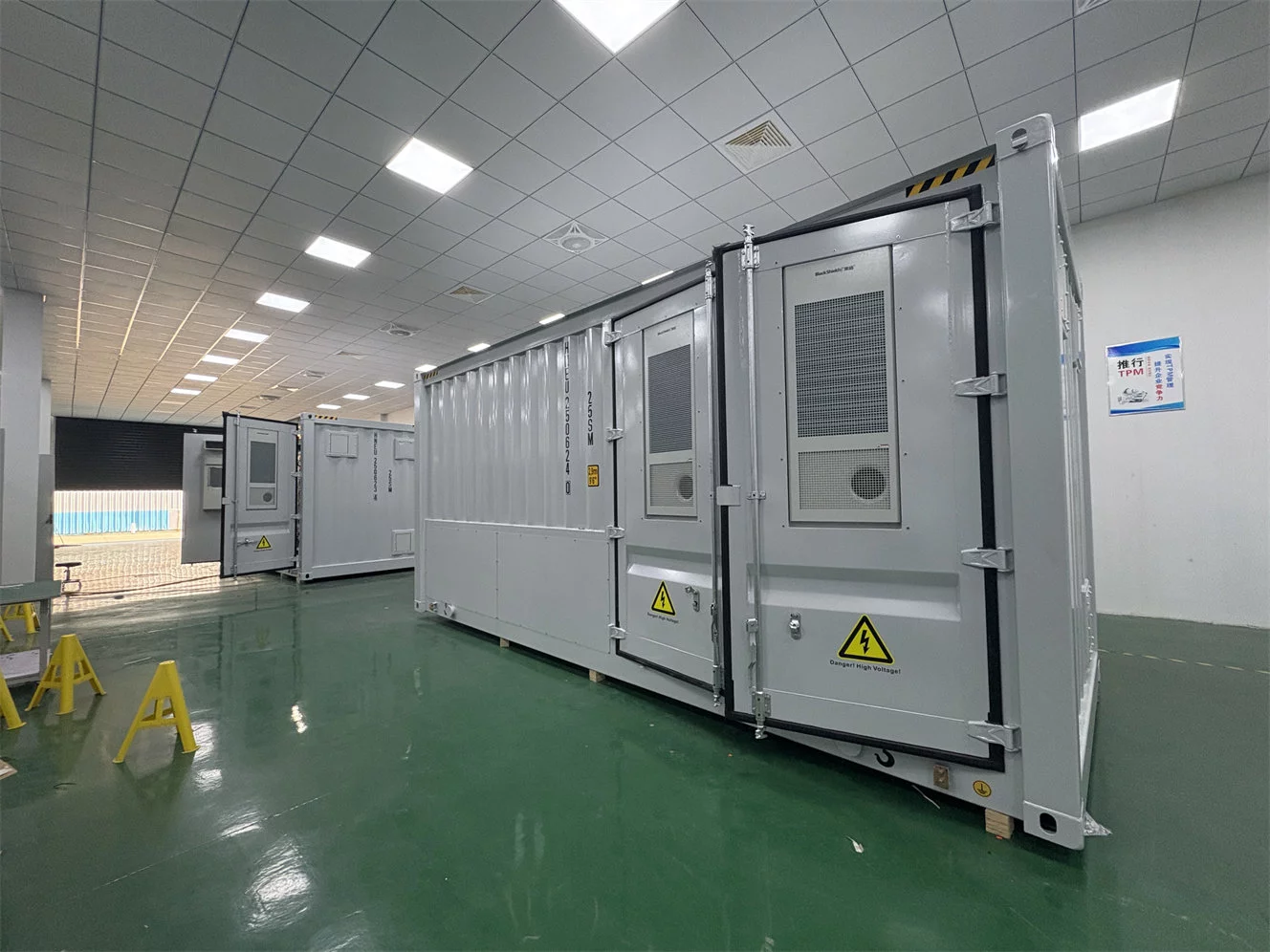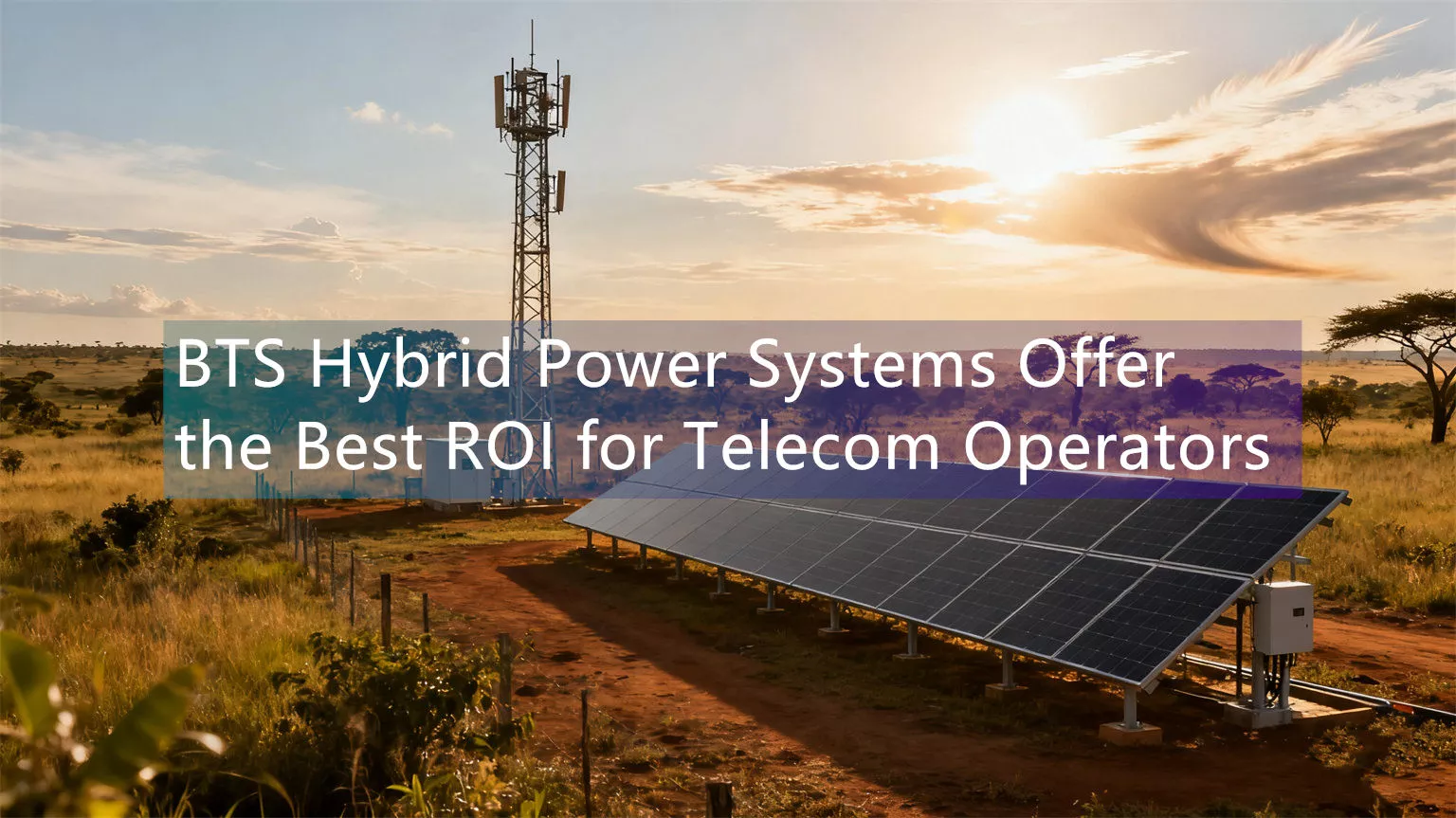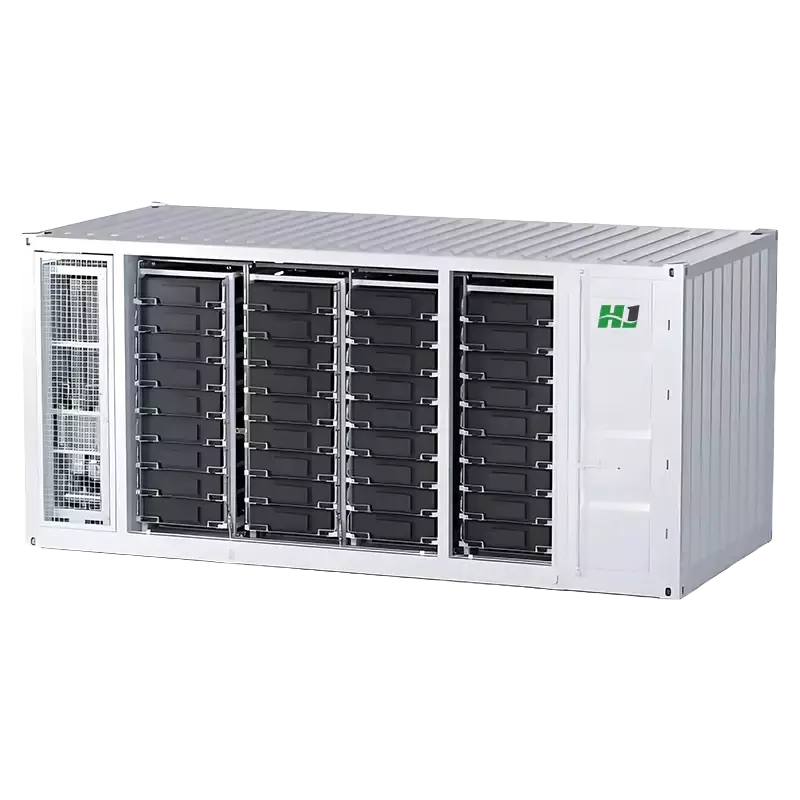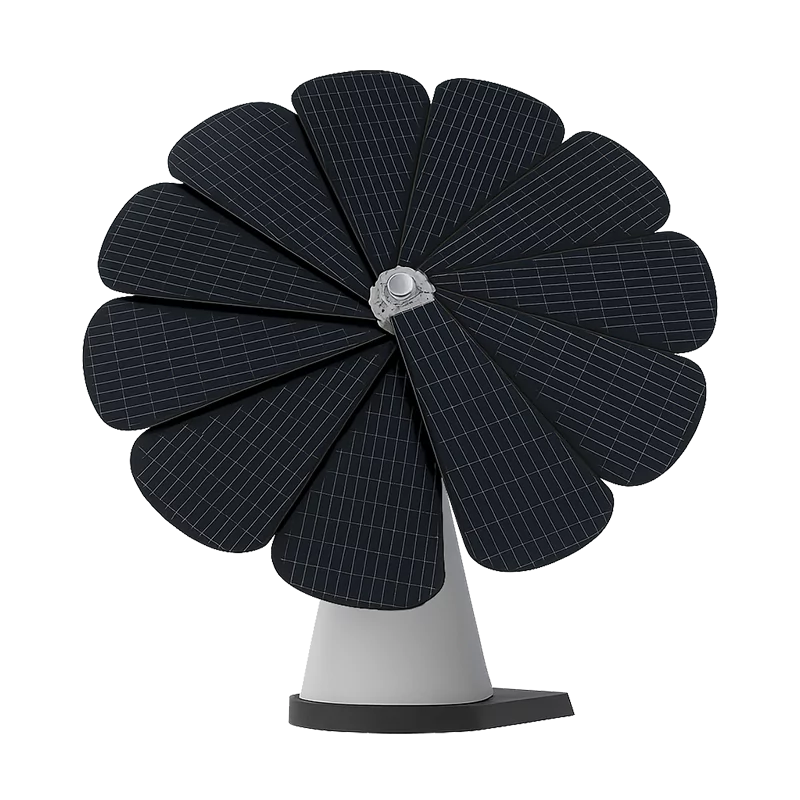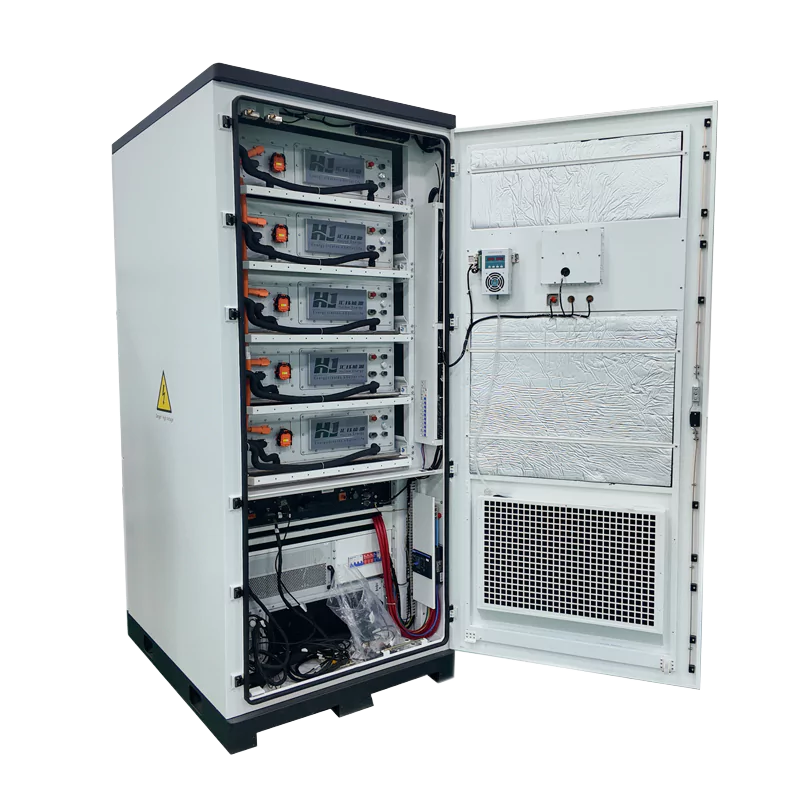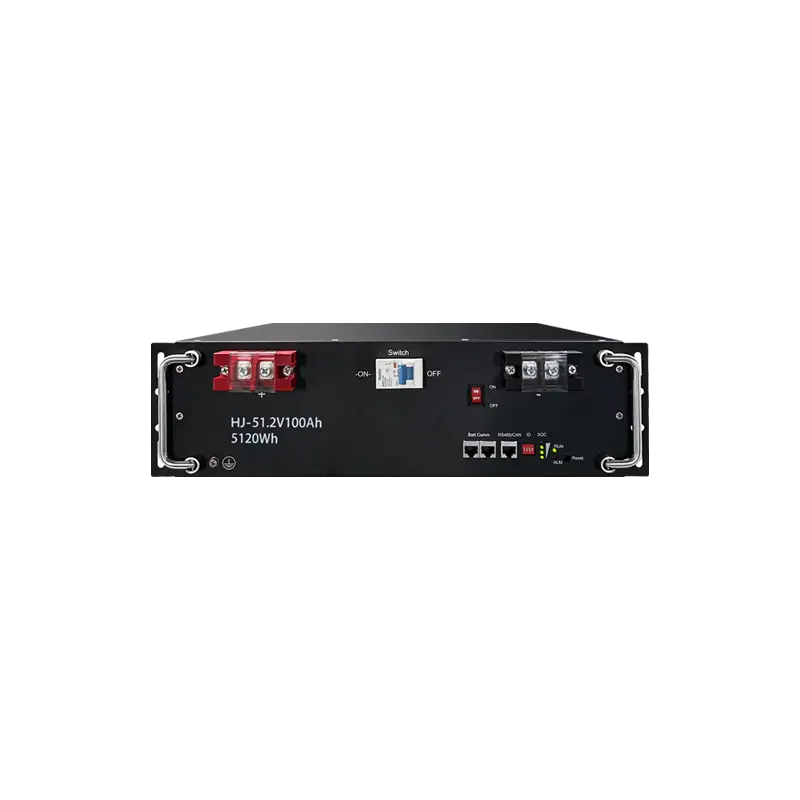Morocco’s Atlas Solar Park: Solar Energy for Agricultural Irrigation
A new solar upgrade for Moroccan agriculture
Morocco is taking the lead in promoting Africa’s transition to green energy through the highly anticipated Atlas Solar Park project – a project that cleverly combines solar energy and farmland irrigation. Built near the Atlas Mountains, the project mainly solves two major problems: unstable electricity use for farmers and increasingly serious water shortages. Morocco has more than 3,000 hours of sunshine per year, and solar radiation can reach 5 kWh/m2. This climate is particularly suitable for using photovoltaic technology to transform traditional agriculture.
In Morocco’s “Green Morocco Plan”, the Atlas Solar Park will not only help the country achieve its goal of 52% of energy coming from renewable resources by 2030, but also directly increase farmland production. Now Moroccan farmers use solar microgrids and energy storage equipment instead of diesel water pumps, even in remote areas, they can use electricity more stably, irrigation is more reliable, and they can save a lot of money.
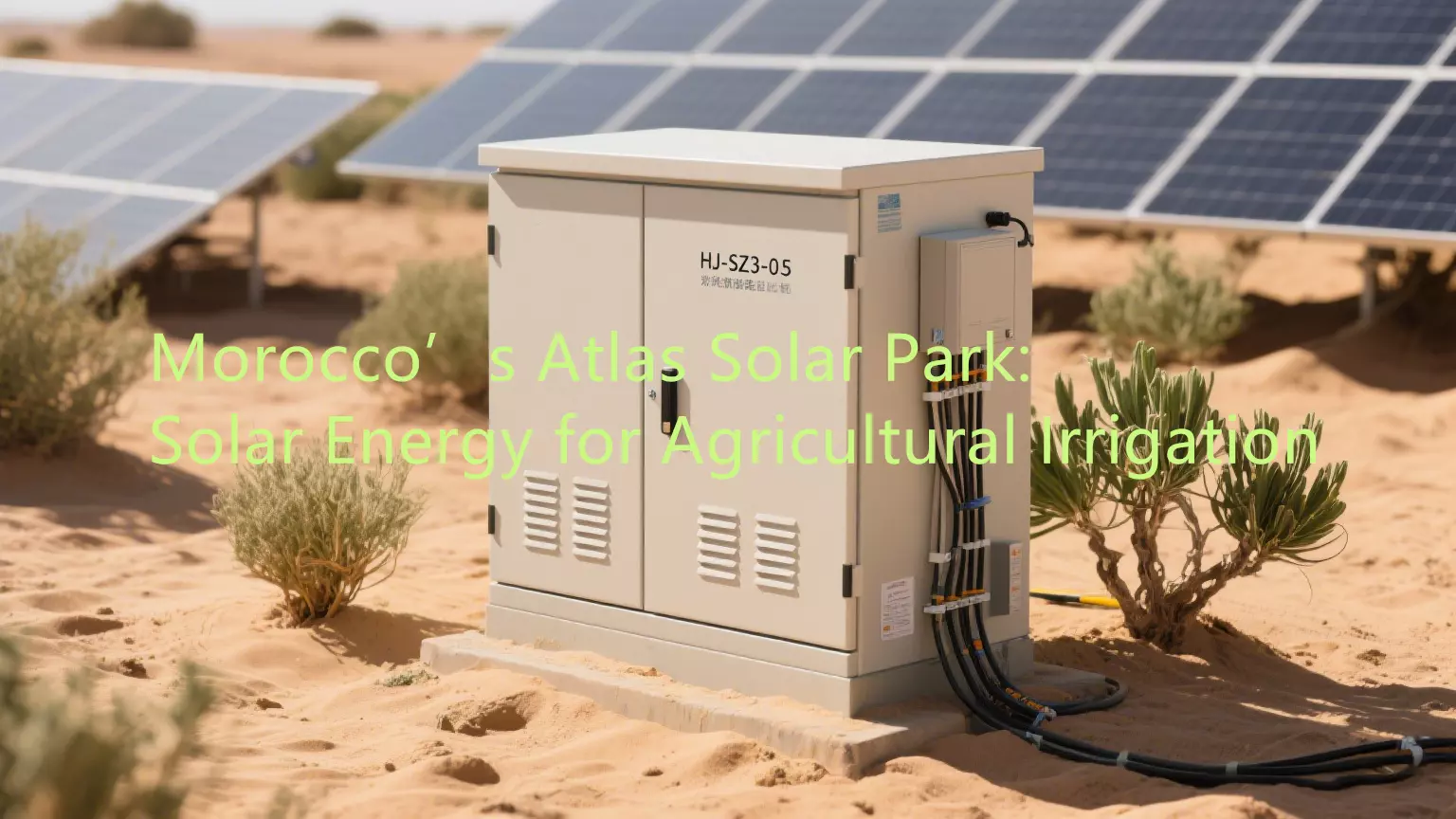
Why can solar irrigation revolutionize Moroccan agriculture?
Challenges: high costs and water shortage
- Agricultural electricity accounts for only 6% of Morocco’s total electricity consumption, but in places without access to the grid, people still prefer diesel water pumps.
- Rainfall is irregular, groundwater is becoming less and less, and high-value export crops such as citrus, olives, and grains are affected.
- According to estimates by the Moroccan Ministry of Energy, by 2030, solar irrigation can save 1.2 million liters of diesel per year.
Changes brought by solar energy
- 24-hour power supply: Solar microgrids are equipped with backup batteries, and no longer have to rely on intermittent power grids or expensive diesel.
- More water saving: Intelligent systems can accurately control irrigation time, and water is used to the best effect.
- Save money and increase income: Compared with using diesel, farmers can save 60% to 80% of electricity bills, and their crops can grow better.
HighJoule solar device: the heart of the Atlas project
The HighJoule base station energy storage system is the core of Morocco’s promotion of solar irrigation and is designed for agricultural scenarios without grid power or hybrid power supply.
Main solar irrigation equipment
-
HJ-SZ03-05 Photovoltaic Micro-station Energy Cabinet
- 10 to 30 kWh of lithium iron phosphate battery energy storage
- Allows the water pump to continuously output 12 kW of power
- Designed to withstand the harsh weather in the Moroccan desert
-
HJ-SG-D03 Solar Wind Hybrid Energy Cabinet
- Can connect to 15 to 50 kWh wind turbines
- Protection level IP65, can be used in extreme temperatures from -20℃ to 60℃
- Especially suitable for high-altitude farms near the Atlas Mountains
-
Intelligent Energy Management System (EMS)
- Use solar energy first when the sun is strong, and use the power in the battery at night
- Can remotely monitor and reduce downtime and maintenance time by 40%
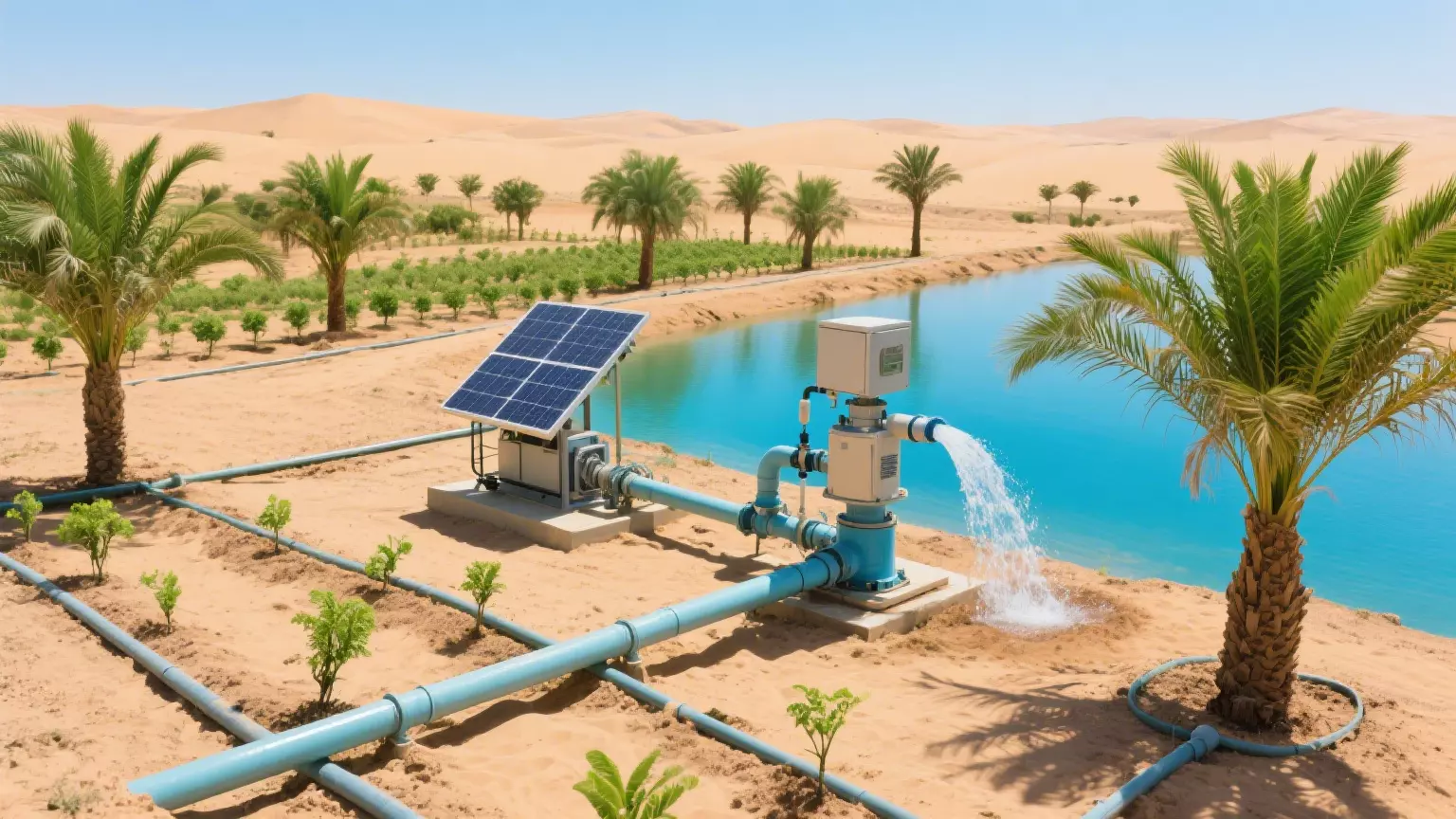
Actual case: Successful experience in Morocco and other places
Moroccan Oasis Farm: Say goodbye to diesel and use solar energy
- There is a 30-kilowatt solar water pump system in southern Morocco that can irrigate 200 cubic meters of water to the palm tree nursery every day.
- With drip irrigation technology, water waste has been reduced by 30%, but the yield has not decreased at all.
India’s successful example: solar water pump program
- The equipment installed by HighJoule in Rajasthan, India, has increased local crop yields by 35% and saved 70% of electricity costs.
- The same lithium iron phosphate battery technology can be used for 10 to 15 years in such a harsh environment in Morocco.
Flexible expansion and environmental protection
Modular design that can be used by large and small farms
- Small farmers: A 10-kilowatt-hour system is enough for family farms
- Large farms: Can be expanded to more than 50 kWh to meet large-scale irrigation needs
Reduce carbon and save money
- Each 50-kilowatt-hour solar device emits 12 tons less carbon dioxide per year than diesel.
- In Morocco, the cost recovery of solar equipment only takes 1.98 to 4.58 years, and it can be recovered quickly.
Future Outlook: Solar Irrigation Drives Agricultural Development
By 2025, the Atlas Solar Park will be able to power more than 50,000 hectares of farmland, potentially increasing agricultural GDP by 15%. Morocco’s approach – combining large solar farms (such as the 580-megawatt Noor Ouarzazate Solar Power Plant) with decentralized irrigation microgrids – is a good example for water-scarce areas around the world.
Want to try solar irrigation? Look here!
Wondering how solar power can help your farm or project? Learn about HighJoule’s site energy systems that are both cost-effective and can meet your needs. Contact our team today for a one-on-one consultation!
Find Your Solar + Battery Storage Specialist Now!
* Fill out this form and our experts will help you find the perfect solar storage solution for your home or business.
